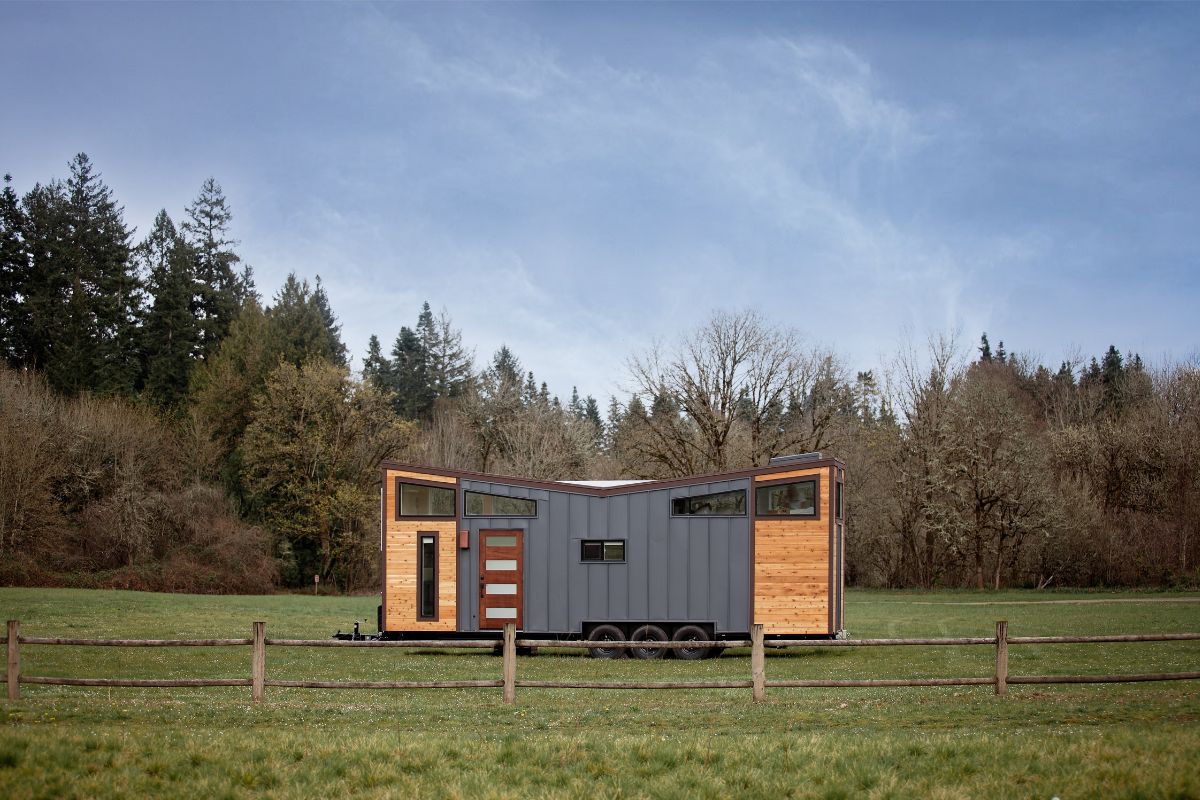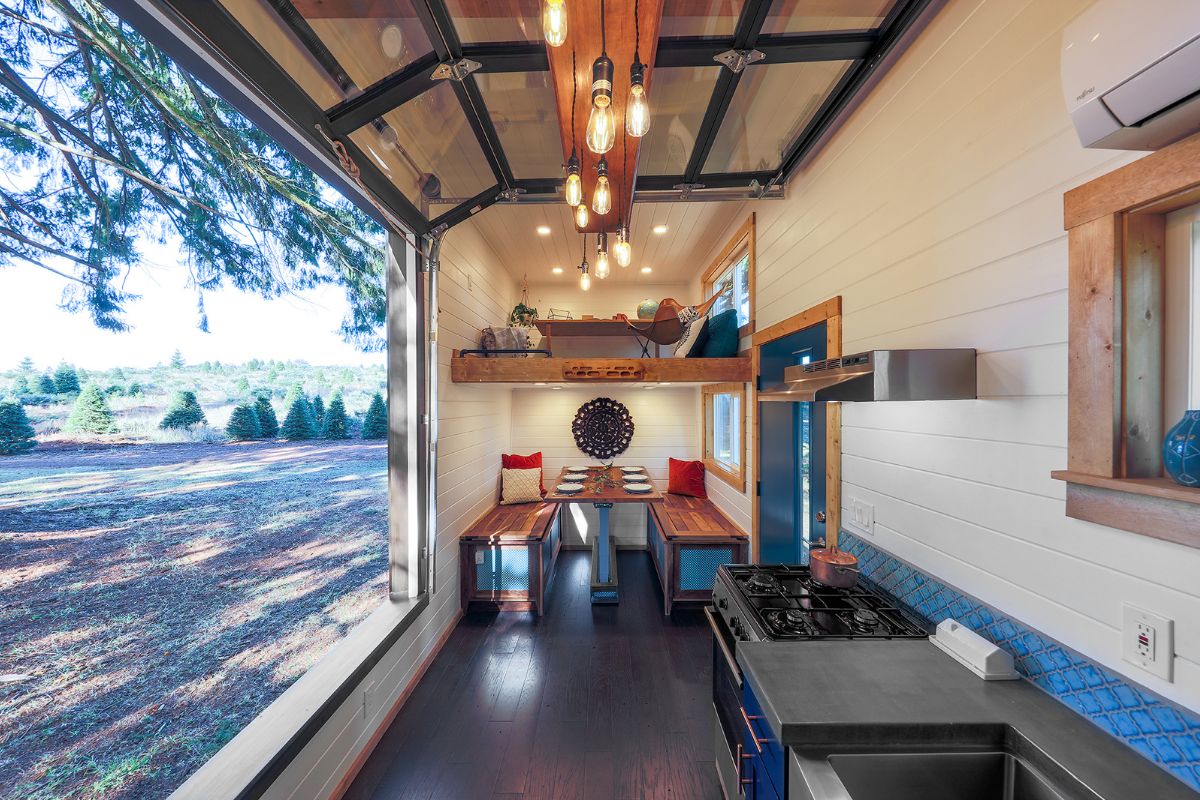Early Beginnings
The Tiny House Movement's early beginnings can be traced back to the late 1990s when people started re-evaluating the need for large living spaces. As society grew increasingly consumer-driven, some of us began to question the necessity and sustainability of oversized homes. This shift in mindset led to the emergence of a new way of living that emphasized simplicity, efficiency, and environmental consciousness.
We found that reducing our living space allowed for more freedom, financial security, and a smaller ecological footprint. Many of us were drawn to the idea of tiny houses because they offered a tangible solution to the growing concerns about overconsumption and environmental degradation. Tiny homes, typically under 400 square feet, provided a way to live more deliberately and intentionally.
Pioneers of Tiny Living
While the Tiny House Movement was gaining traction, a few visionary individuals stood out as pioneers, championing the cause and inspiring others to adopt this minimalist lifestyle. One such pioneer was Jay Shafer, co-founder of the Small House Society and the creator of Tumbleweed Tiny House Company in 1999. Shafer's designs were not only functional but also aesthetically pleasing, proving that tiny living didn't mean sacrificing comfort or beauty.

Another key figure was Dee Williams, who built her own tiny house in 2004 after a life-changing trip to Guatemala. Williams founded Portland Alternative Dwellings (PAD), offering workshops and plans for those enthusiastic to welcome tiny living. Her story and advocacy efforts brought significant media attention, making tiny houses more accessible and appealing.
Sarah Susanka also made a notable impact with her book "The Not So Big House," published in 1998. Although not exclusively about tiny homes, her ideas about living more with less resonated deeply with the movement's ethos.
These pioneers' innovative designs and strong advocacy have laid the groundwork, inspiring countless others to rethink the way we live and to reflect on the benefits of downsizing.
Growth in the 21st Century
With the groundwork laid by visionary pioneers like Jay Shafer, Dee Williams, and Sarah Susanka, the Tiny House Movement surged forward into the 21st century, capturing the imagination of many seeking simplicity and sustainability. The rise of social media platforms like Instagram and Pinterest played a significant role in spreading the movement's aesthetic and practical appeal. We saw tiny homes featured in TV shows and documentaries, further igniting public interest and awareness.
Economic factors also contributed to the growth. The housing market crash of 2008 left many rethinking their living expenses and the financial burden of traditional homeownership. Tiny houses offered a cost-effective alternative, allowing people to own homes without incurring massive debt.
Additionally, the growing environmental consciousness among us spurred interest in smaller, efficient living spaces. Tiny houses used fewer resources and generated less waste, aligning with a more eco-friendly lifestyle.
Communities started forming around this movement, with tiny house festivals and workshops popping up around the country. These events provided essential information and support, making it easier for us to join the tiny house community. Consequently, the 21st century saw the Tiny House Movement flourish, appealing to those of us looking for a simpler, more sustainable way of life.
.jpeg)
Benefits of Tiny Houses
Tiny houses offer a multitude of benefits that make them appealing to many of us. One of the most notable advantages is affordability. With lower construction and maintenance costs, tiny homes make homeownership more accessible. We can save money on utilities too, as these homes require less energy to heat, cool, and light.
Space efficiency is another compelling benefit. Tiny houses encourage us to declutter and prioritize what truly matters. This minimalist lifestyle can lead to less stress and a greater sense of freedom. Additionally, the reduced space means less time spent on cleaning and upkeep, allowing more time for activities we enjoy.
Environmental impact is considerably reduced with tiny houses. They typically have a smaller carbon footprint due to their size and the sustainable materials often used in their construction. By consuming fewer resources, we contribute to a greener planet.
Future of the Movement
As we look ahead, the future of the tiny house movement seems promising and full of potential. We're witnessing a shift in societal values towards sustainability and minimalism, which aligns perfectly with the ethos of tiny living. With environmental concerns growing, tiny houses offer an eco-friendly alternative to traditional homes. Their smaller footprints mean less resource consumption and reduced waste.

Urban areas are also adapting to this trend. Cities are beginning to adjust zoning laws, making it easier for tiny homes to be placed in a variety of settings, from urban backyards to rural plots. This flexibility allows for greater housing affordability, helping to address housing shortages and the rising cost of living.
Technological advancements are another exciting aspect. Innovations in renewable energy, smart home systems, and efficient construction materials are making tiny homes more comfortable and sustainable than ever. These developments will likely make tiny living even more attractive.
Conclusion
We've seen how the Tiny House Movement started and evolved, driven by pioneers and societal changes. Its appeal lies in simplicity, financial freedom, and sustainability. As we continue to face economic and environmental challenges, tiny houses offer a compelling solution. We believe this trend will keep growing, reflecting our changing values towards minimalism and eco-conscious living. Let's welcome this movement and rethink what "home" really means in today's world.






Share: